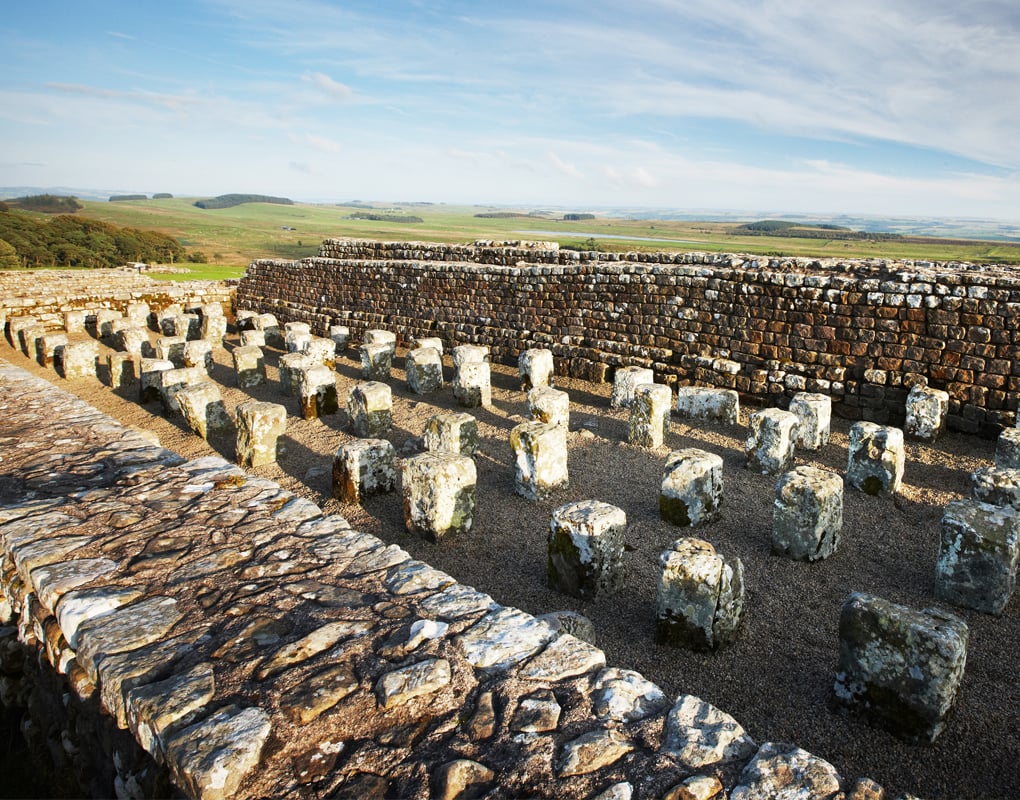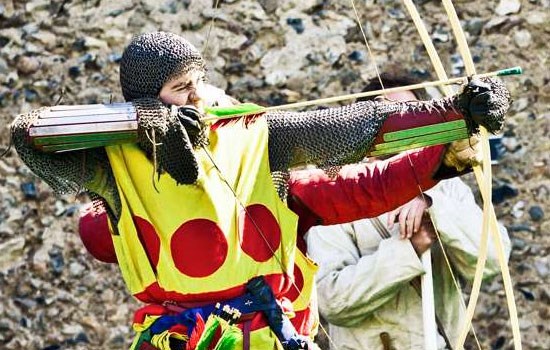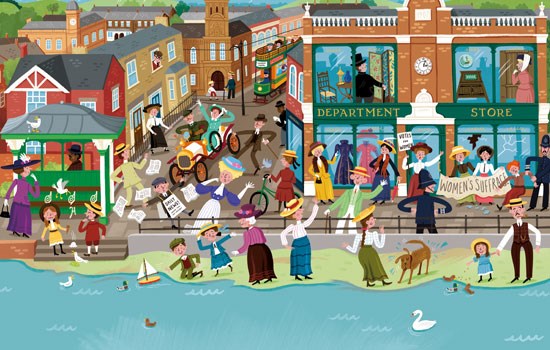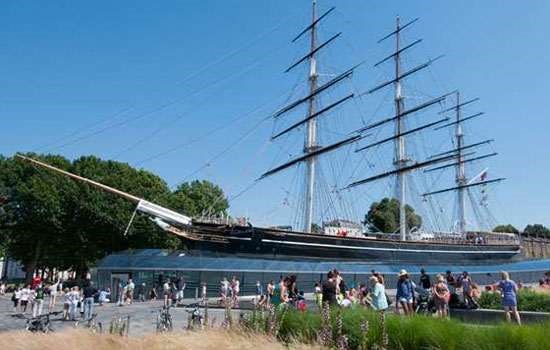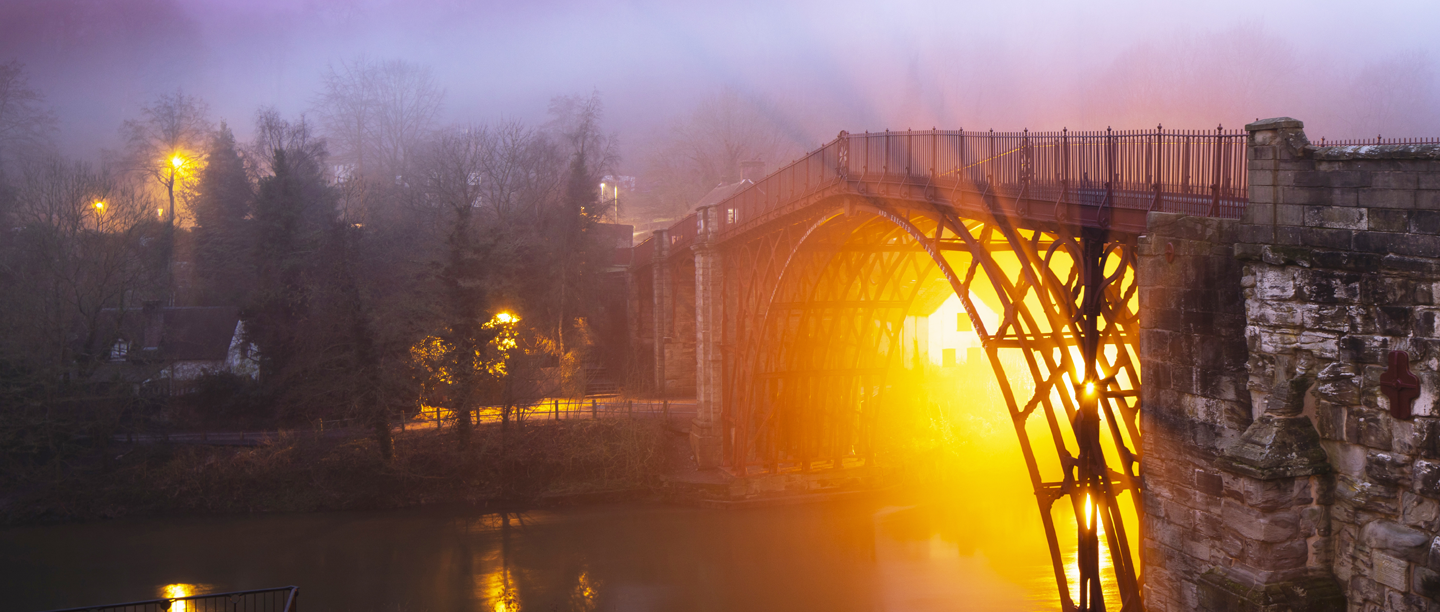
20 QUESTIONS QUIZ: WORLD HERITAGE SITES
Test your knowledge of the World Heritage Sites in our care with this quiz.
-
1. Roughly when does the stone circle at Stonehenge date from? A 3000 BC; B 2500 BC; C 1000 BC
Answer: 2500 BC
The first monument at Stonehenge was a circular earthwork enclosure, built in about 3000 BC. A ditch was dug with simple antler tools, and the chalk piled up to make an inner and an outer bank. Within the ditch was a ring of 56 timber or stone posts. The monument was used as a cremation cemetery for several hundred years. In about 2500 BC the site was transformed by the construction of the central stone settings. Enormous sarsen stones and smaller bluestones were raised to form a unique monument. Building Stonehenge took huge effort from hundreds of well-organised people.
-
2. Who gave Stonehenge to the nation in 1918?
Answer: Cecil Chubb
The monument was in private ownership until 1918 when Cecil Chubb, a local man who had purchased Stonehenge from the Atrobus family at an auction three years previously, gave it to the nation. Thereafter, the duty to conserve the monument fell to the state, today a role performed on its behalf by English Heritage.
-
3. Which stone circle is the largest in Britain?
Answer: Avebury
Avebury henge and stone circles are one of the greatest marvels of prehistoric Britain. Built and much altered during the Neolithic period, roughly between 2850 BC and 2200 BC, the henge survives as a huge circular bank and ditch, encircling an area that includes part of Avebury village. Within the henge is the largest stone circle in Britain – originally of about 100 stones – which in turn encloses two smaller stone circles.
-
4. In which year was Stonehenge first designated a World Heritage Site?
Answer: 1986
In 1986 the prehistoric landscapes of Avebury and Stonehenge were inscribed by UNESCO as a World Heritage Site (WHS) in recognition of their international importance. The Stonehenge WHS currently covers an area of 2,600 hectares (6,500 acres). Since 1986, it has seen many improvements in management by both the National Trust and private landowners, with areas returned to grassland, and access and interpretation improved.
-
5. St Augustine’s Abbey is just outside the walls of which Kent city?
Answer: Canterbury
St Augustine’s Abbey was originally created as a burial place for the Anglo-Saxon kings of Kent, and is part of the Canterbury Cathedral, St Augustine's Abbey and St Martin's Church World Heritage Site.
-
6. It is thought that St Augustine’s Abbey may have been the birthplace of which monumental artwork?
Answer: The Bayeux Tapestry
St Augustine’s was the pre-eminent Benedictine abbey in England at the time of the tapestry’s creation. It had a reputation for fine manuscript illumination and a library that rivalled any in the kingdom. The other major school of illumination in England was at Winchester, but stylistically Winchester’s illustrations tended not to follow a narrative. In 1957, the art historian Francis Wormald identified the designer of the tapestry as having drawn inspiration from illuminated manuscripts produced at, or in the hands of, the religious houses in Canterbury in the 11th century. The majority of these were in the ownership of St Augustine’s Abbey.
-
7. Jewel Tower was built in the 1360s as a store for treasure within the palace of which king? A Edward III; B Richard I; C Henry V
Answer: Edward III
The Jewel Tower was built between 1365 and 1366 at the extreme southern end of the Palace of Westminster, which was nominally the chief residence of medieval English kings from the 11th to the 16th century. Later it became the records office of the House of Lords, surviving the fire that in 1834 destroyed much of the historic palace.
-
8. Which common unit of volume, still in use today, was devised in Jewel Tower in the 1860s?
Answer: The pint
In the 1860s the rather glamorously named Department of Weights and Measurements moved their offices into the Jewel Tower in London. A major part of their responsibility was to standardise measurements, in part to control the high levels of national drinking at the time, and to manage how much alcohol could be sold at once. They created a measure of alcohol called ‘the pint’, which we still use today. The Jewel Tower still houses one of the earliest known pint measures.
-
9. The Chapter House of Westminster Abbey was originally used in the 13th century by which type of monks?
Answer: Benedictine
Built by the royal masons in 1250, the Chapter House of Westminster Abbey was originally used in the 13th century by Benedictine monks for their daily meetings. It later became a meeting place of the King's Great Council and the Commons, predecessors of today's Parliament.
-
10. Hadrian’s Wall became a World Heritage Site in 1987. But when did construction of the wall begin?
Answer: AD 122
The Roman emperor Hadrian came to Britain in AD 122 and the building of Hadrian’s Wall probably began that year. It took at least six years to complete. The original plan was for a wall of stone or turf, with a guarded gate every mile and two observation towers in between, and fronted by a wide, deep ditch. Before work was completed, 14 forts were added, followed by an earthwork known as the Vallum to the south.
-
11. How long is Hadrian's Wall?
Answer: 73 miles
Hadrian’s Wall was a complex system of communications and defences. As well as the wall itself there was an earthwork, a ditch, two major roads and numerous forts, milecastles and turrets along the 73-mile frontier. The wall was built under the command of Emperor Hadrian who travelled extensively across his empire, making improvements to its defences and consolidating its borders.
-
12. Can you unscramble the name of this site on Hadrian's Wall? FORWARD MORBID TALONS
Answer: Birdoswald Roman Fort
Birdoswald’s history began when a wooded spur was cleared for the building of Hadrian’s Wall in AD 122. The fort, added to the wall shortly afterwards, was garrisoned by an infantry cohort of more than 800 men and remained in occupation throughout the Roman period. Its defences are the best preserved of any along the wall. The fort was reoccupied in the Middle Ages and was the target of raids by border reivers in the 16th century.
-
13. Chesters is the most complete example in Britain of what type of Roman fort?
Answer: Cavalry
Chesters is one of a series of permanent forts built during the construction of Hadrian’s Wall. The cavalry fort, known to the Romans as Cilurnum, was built in about AD 124. It housed some 500 cavalrymen and was occupied until the Romans left Britain in the 5th century.
-
14. The garrison at Carrawburgh Roman Fort was initially made up of soldiers from where? A North-east Spain;B Northern Italy; C South-west France
Answer: C South-west France
Carrawburgh Roman Fort is one of 16 forts along Hadrian’s Wall. Carrawburgh housed a garrison of about 500 soldiers – first from south-west France, later from southern Belgium – responsible for defending the frontier of the Roman Empire.
-
15. Answer
Answer: Housesteads Roman Fort
Lying midway along Hadrian’s Wall, Housesteads is the most complete example of a Roman fort in Britain, and one of the best-known from the entire Roman Empire. It was built within a decade of AD 122 and was garrisoned by an 800-strong infantry regiment until the end of the 4th century. Excavations have revealed major buildings, defences and the civilian settlement outside its walls.
-
16. In which decade in the 20th century was the Corbridge Hoard of Roman artefacts discovered?
Answer: 1960s
The Corbridge Hoard is one of the most remarkable Roman finds of the past century. The collection of armour, found in a leather-covered wooden chest during excavations of Corbridge Roman Town in 1964, has since helped to shape Roman historians' understanding of Roman armour. The intricate designs, and astonishingly preserved leather and textiles, helped people to understand how Roman armour was assembled and it was this discovery that made it possible to produce accepted reconstructions of this type of armour.
-
17. After it fell out of use, the Temple of Mithras on Hadrian's Wall was incorporated into what? A Roman bathhouse; B Roman rubbish tip; C Roman shop
Answer: B Roman rubbish tip
The temple was built around AD 200 and was dedicated to Mithras, the god of a Roman religious cult that emerged in the 1st century AD and that spread across the provinces. It had fallen out of use by about AD 350, by which time it had suffered some deliberate desecration, robbing for building materials and waterlogging from the adjacent burn. Afterwards the site was incorporated into a Roman rubbish tip.
-
18. In which county can you find the Iron Bridge?
Answer: Shropshire
Nestled in a spectacular wooded gorge stands a monument to British industry – the world’s first iron bridge. Crossing the River Severn, it was completed in 1779 and opened to traffic in 1781. It became a UNESCO World Heritage Site in 1986 and remains an iconic feature of Britain’s industrial past.
-
19. What unlikely animal crossed the bridge in 1932?
Answer: An elephant
In a publicity stunt promoting the Chapman's Zoo-Circus in 1932, an elephant – draped in a banner advertising the circus – marched across the 378-tonne bridge to the delight of wide-eyed onlookers.
-
20. St Mary's Church, Studley Royal, has been called the 'ecclesiastical masterpiece' of which flamboyant Victorian architect?
Answer: William Burges
The magnificent St Mary's Church is one of the finest examples of High Victorian Gothic Revival architecture in England. Set within Studley Royal Park, a World Heritage Site, its extravagantly decorated interior is influenced by 13th-century English Gothic styles and displays coloured marble, stained glass, a splendid organ, and painted and gilded figures in all their original glory.
You may also be interested in

